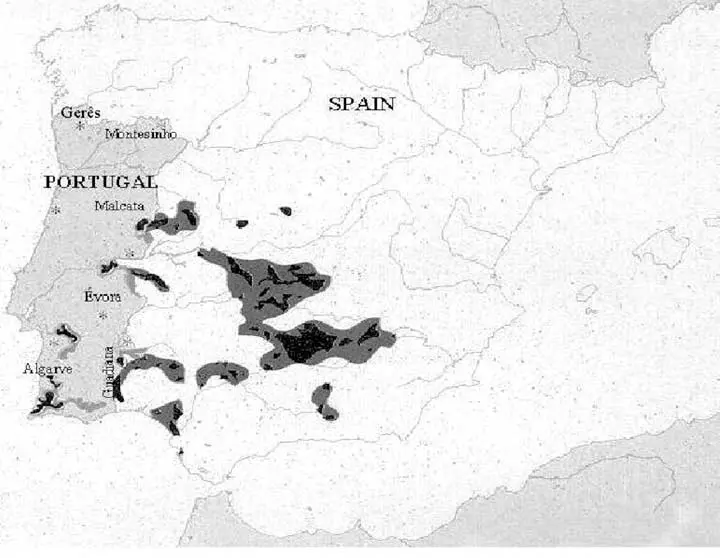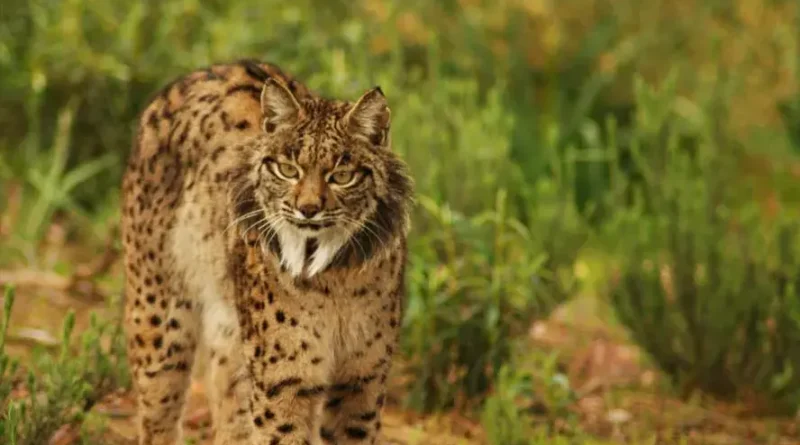Iberian Lynx: A Conservation Success Story
One of the world’s rarest felines, the Iberian lynx (Lynx pardinus), is no longer classified as endangered. The International Union for Conservation of Nature (IUCN) has reclassified the species from “endangered” to “vulnerable” due to successful conservation efforts.
The Iberian lynx population, once common across the Iberian Peninsula, experienced a sharp decline starting in the 1960s. However, conservation initiatives have significantly increased their numbers. From just 62 adults in 2001, the population grew to 648 adults by 2022, with a total of over 2,000 individuals, including juveniles.
These efforts have focused on increasing the abundance of the European rabbit (Oryctolagus cuniculus), the lynx’s primary prey, which is currently listed as endangered. Additionally, projects aimed at protecting and restoring Mediterranean forest habitats and reducing human-induced fatalities, such as poaching and road accidents, have been crucial.
Despite these successes, challenges remain. The Iberian lynx is susceptible to diseases from domestic cats and faces threats from poaching and road accidents. Climate change also poses risks to its habitat. Since 2010, over 400 lynxes have been reintroduced to regions in Portugal and Spain, their native range. The IUCN reports that the Iberian lynx now occupies at least 3,320 km², a significant increase from 449 km² in 2005.
This remarkable recovery, the greatest for any feline species through conservation, is the result of collaborative efforts by public agencies, scientific institutions, NGOs, private companies, and local communities. The EU-funded Life Lynx-Connect project, led by Francisco Javier Salcedo Ortiz, played a pivotal role in these conservation actions.


